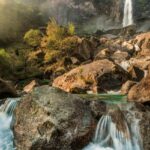The Dilwara Temple in Mount Abu, Rajasthan, has a reputation as one of the most magnificent marble structures in the world and ranks amongst the most beautiful Jain pilgrimage sites in the world. Built between the 11th and 13th centuries, the temples here are famous for brilliant carvings, intricate marble work, and spiritual importance. This temple depicts not only architectural splendour but is a place of quiet retreat for those seeking spiritual solace. Every visit to the Dilwara temples offers an opportunity to study and understand the skills of ancient India in conjunction with its rich cultural heritage.
Location
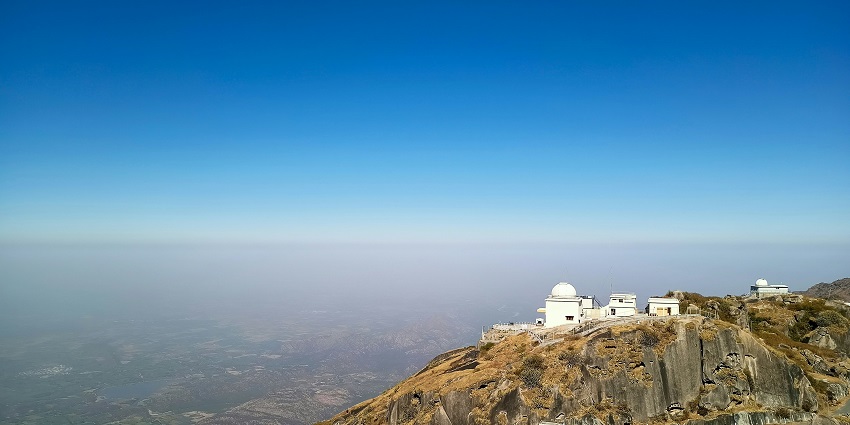
Photo: Romi Kalathiya / Unsplash
Dilwara Temple address is Mount Abu, which is the only hill station in Rajasthan. At green hills, the temples stand approximately 2.5 kilometres away from Mount Abu’s heart. The serenity of the location furthers the serenity of the temple complex and makes it an appropriate spot for glorious natural beauty combined with spiritual peace.
Suggested Read: The Top Things To Do In Pushkar
How To Reach
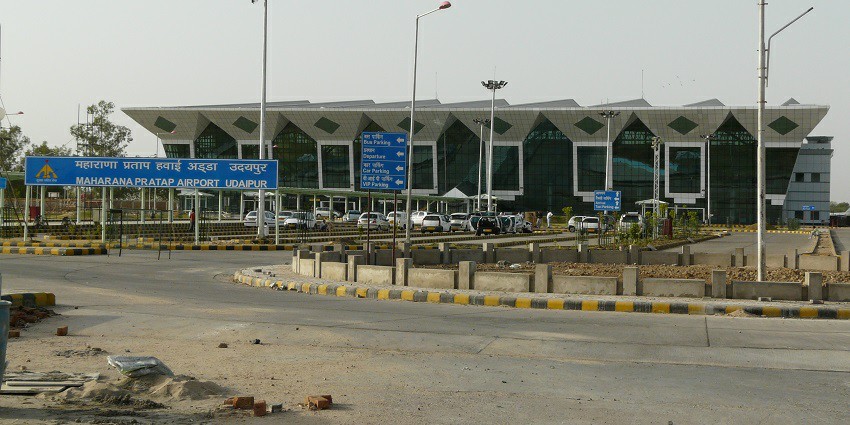
Photo: Northside / Wikimedia Commons
By Air: The closest airport to the temple is Udaipur, popularly known as Maharana Pratap Airport. It is approximately 176 km away. Taxis and bus services are available for hire from the airport to Mount Abu.
By Bus: One of the best means is by bus as it is well-connected with bus services, especially from main cities like Udaipur, Jodhpur, and Jaipur. There are frequent government and private buses available towards Mount Abu. From its city centre, local taxis can take you to this temple.
By Rail: The closest railway station is Abu Road, which is 28 kilometres away from temple. Taxis and auto-rickshaws are easily available from the station to Mount Abu and the temple.
Places To Visit Around Dilwara Temple
1. Nakki Lake

Photo: CorrectKnowledge / Wikimedia Commons
Nakki Lake is an artificial lake that is silent and surrounded by hills and natural beauty. It is very near the temple. It is one of the major tourist spots in Mount Abu. Boating is very much possible here. According to legend, this artificial lake was dug by gods using their nails; hence, it got this name. The picturesque views and serene surroundings render it a great relaxing afternoon. From here, the breathtaking Mount Abu can be appreciated by taking a boat ride or strolling along the promenade.
Timings: 9:30 AM – 6 PM
Entry Fee: Free (boating charges apply)
Suggested Read: Things To Do In Udaipur
2. Guru Shikhar
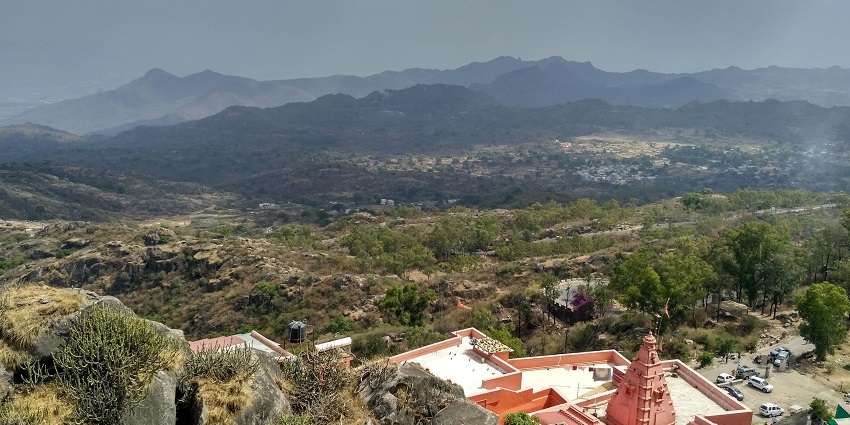
Photo: Tejaspatel1 / Wikimedia Commons
Guru Shikhar is the highest peak in Rajasthan and is situated around 15 km from the temple. Excellent views of the Aravalli Range and the surrounding landscape can be sought from here. A temple dedicated to Guru Dattatreya at its top attracts not only pilgrims but also nature lovers. The climb to the top of the peak is a little strenuous, but the panoramic views and the serenity of the atmosphere make the effort worthwhile. The breeze is cool, and the top offers great scenic views, a refreshing one after all those busy tourist spots.
Timings: 6 AM – 6 PM
Entry Fee: N/A
3. Achalgarh Fort
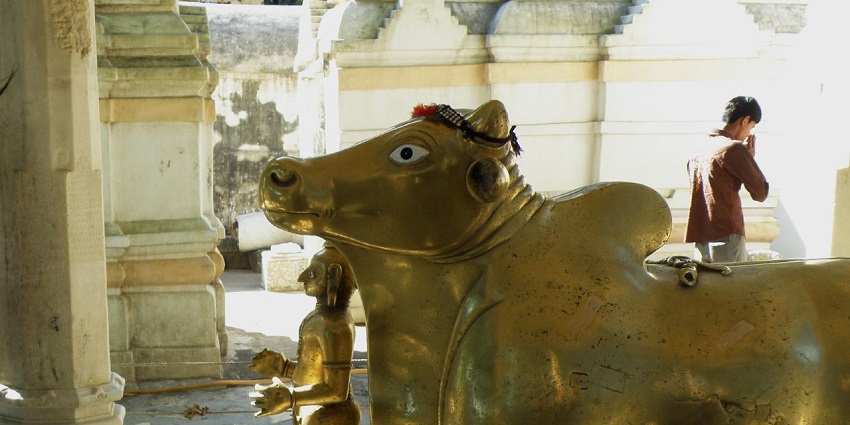
Photo: Raveesh Vyas / Wikimedia Commons
Achalgarh Fort is an ancient fortification built by the Paramara dynasty, situated around 11 km from the temple, while Maharana Kumbha later renovated it. It reflects a part of Rajasthan’s historical heritage and comprises several Jain temples, the most important being Achaleshwar Mahadev Temple. Being strategically situated upon the Aravalli hills, the fort offers spectacular views of the valley area lying below. It is a fort one can visit to see the ruins, temples, and the very famous Shiva temple which sports a toe of Lord Shiva.
Timings: 9 AM – 5 PM
Entry Fee: N/A
Suggested Read: Things To Do In Udaipur At Night
4. Mount Abu Wildlife Sanctuary

Photo: Dhaval 00 / Wikimedia Commons
The Mount Abu Wildlife Sanctuary, located close to Dilwara Temple, is home to a wide variety of flora and fauna. Spread over 290 square kilometres, the sanctuary is known for its diverse wildlife, including leopards, sloth bears, and various species of birds. The sanctuary’s natural beauty, combined with the thrill of spotting wildlife, makes it a popular destination for nature lovers and adventure seekers. Trekking through the sanctuary’s trails offers visitors a chance to explore the rich biodiversity of the region.
Timings: 9 AM – 5:30 PM
Entry Fee: ₹50 for Indians, ₹100 for foreign nationals
5. Sunset Point
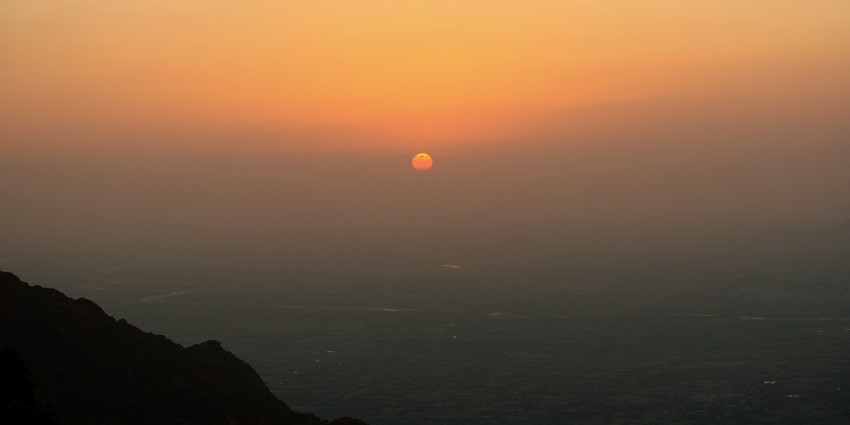
Photo: Faiyaz Hawawala / Wikimedia Commons
Sunset Point, located near Nakki Lake, is one of the most popular spots in Mount Abu, offering spectacular views of the sunset over the Aravalli hills. The site provides a panoramic view of the surrounding valleys, making it a perfect spot for photography and relaxation. Visitors can enjoy a peaceful evening watching the sun dip below the horizon, with the changing colours of the sky providing a beautiful backdrop. The point is often crowded during peak tourist seasons, but the scenic beauty makes it worth a visit.
Timings: 4 PM – 7 PM
Entry Fee: N/A
Suggested Read: Things To Do In Jaisalmer In January
Where To Stay

Photo: Pixabay / Pexels / Image For Representation Only
Accommodation options near the temple range from luxury hotels to budget guesthouses. If you’re looking for a royal experience, The Jaipur House and Cama Rajputana Club Resort offer luxurious stays with stunning views and traditional Rajasthani decor. Both hotels provide modern amenities, including pools, spa services, and multi-cuisine dining options. For budget travellers, options like Hotel Mount Regency and Shri Ganesh Hotel offer comfortable rooms at affordable prices, with easy access to the temple and nearby attractions.
Where To Eat
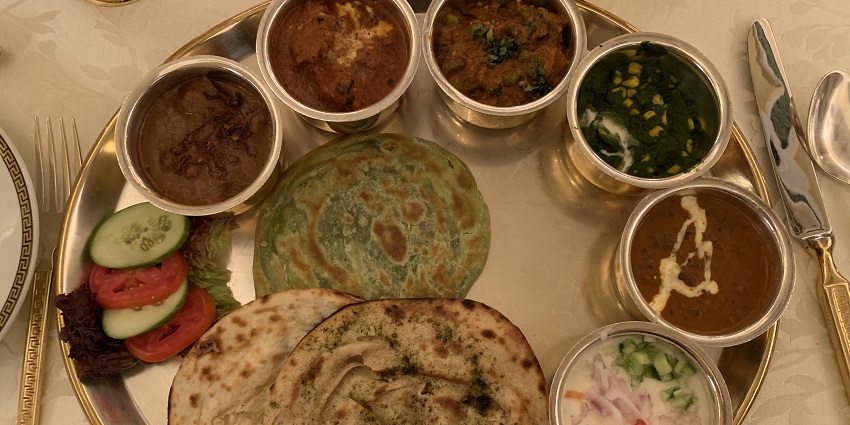
Photo: Chainwit. / Wikimedia Commons / Image For Representation Only
Dining options near the temple cater to both local and international tastes. Arbuda Restaurant is a popular spot for those looking to enjoy traditional Rajasthani dishes like dal baati churma and gatte ki sabzi. Chacha’s Café offers a more laid-back atmosphere, serving snacks and beverages and stunning views of Nakki Lake. For a fine dining experience, Mulberry Tree Restaurant offers a mix of Indian and continental cuisine in a luxurious setting, making it an ideal choice for a special evening out.
Suggested Read: Offbeat Places In Jaipur
Best Time To Visit
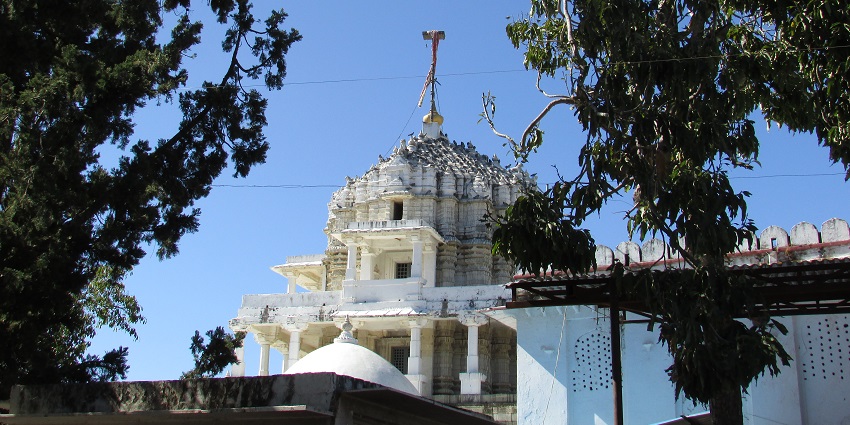
Photo: Ranjith Kumar Inbasekaran / Wikimedia Commons
The best time to visit the temple is between October and March when the weather is cool and pleasant. During these months, the temperature ranges from 12°C to 27°C, providing comfortable conditions for exploring the temple and other attractions in Mount Abu. The winter season also coincides with several festivals, making it an ideal time to experience the local culture and traditions. Avoid visiting during the summer months, as the temperature can rise above 35°C, making sightseeing uncomfortable.
Other Things To Consider

Photo: ian dooley / Unsplash / Image For Representation Only
Average Cost Of The Trip
The average trip cost to the temple depends on your preferences for accommodation, food, and activities. A mid-range stay for two people can cost between ₹5,000 to ₹8,000 per day, including accommodation, meals, and local sightseeing. Budget travellers may spend around ₹3,000 to ₹5,000 per day, while luxury travellers could spend upwards of ₹10,000 per day for a more opulent experience.
Tips For Travellers
- Dress Modestly: As a sign of respect, ensure you wear appropriate clothing when visiting the temple, covering your shoulders and knees.
- Footwear: You must remove your shoes before entering the temple premises, so wear footwear that is easy to remove.
- Stay Hydrated: The dry climate in Mount Abu can lead to dehydration, so carry water with you.
- Photography: Photography is allowed, so don’t forget to capture stunning photos at Dilwara Temple
- Dilwara Temple timings: before planning your visit to avoid disappointment.
- Plan Ahead: Visit the temple early in the morning or late in the afternoon to avoid crowds and enjoy a peaceful experience.
- Guided Tours: Consider hiring a local guide to understand the history and significance of the intricate carvings inside the temple.
Suggested Read: Offbeat Places In Udaipur
Dilwara Temple offers a serene and enriching experience for those looking to explore Rajasthan’s spiritual and architectural heritage. Visitors can immerse themselves in the natural and cultural beauty of the region. Ready to discover the timeless beauty of the temple? Ready to discover the timeless beauty of the temple? Book a trip with TripXL today and enjoy a well-curated experience exploring one of India’s most magnificent architectural and spiritual sites.
Cover Photo: saiko3p / Shuttertsock


 WhatsApp
WhatsApp
 Twitter
Twitter


